Welcome to the vibrant world of Redbubble, where creativity knows no bounds! As an online marketplace that celebrates individuality and artistic expression, Redbubble has become a go-to platform for artists, designers, and creatives of all kinds. Whether you’re a seasoned artist or just starting your creative journey, Redbubble provides a canvas to share and sell your unique designs to a global audience.
In the dynamic landscape of online selling, visibility is the name of the game. It’s not just about creating amazing art; it’s about ensuring that your creations are discovered by the right audience. This is where the power of tags comes into play. Redbubble’s tagging system is a vital tool that can significantly impact the visibility of your creations, and understanding how to harness it effectively is key to success on the platform.
In this article, we’ll delve into the world of Redbubble tags, with a special focus on the concept of “Popular Tags.” We’ll explore how these tags can elevate your creations, increase your visibility, and ultimately contribute to your success on Redbubble. So, buckle up as we unravel the intricacies of popular tags and equip you with the knowledge to make your artistic journey on Redbubble a resounding success.
What is Redbubble Popular Tags?
Before we dive into the realm of popular tags, it’s crucial to establish a solid understanding of how tags function on Redbubble. Think of tags as the virtual breadcrumbs that guide potential buyers to your creative feast. Each tag you attach to your artwork serves as a keyword, connecting your creation to relevant searches made by users on the platform.
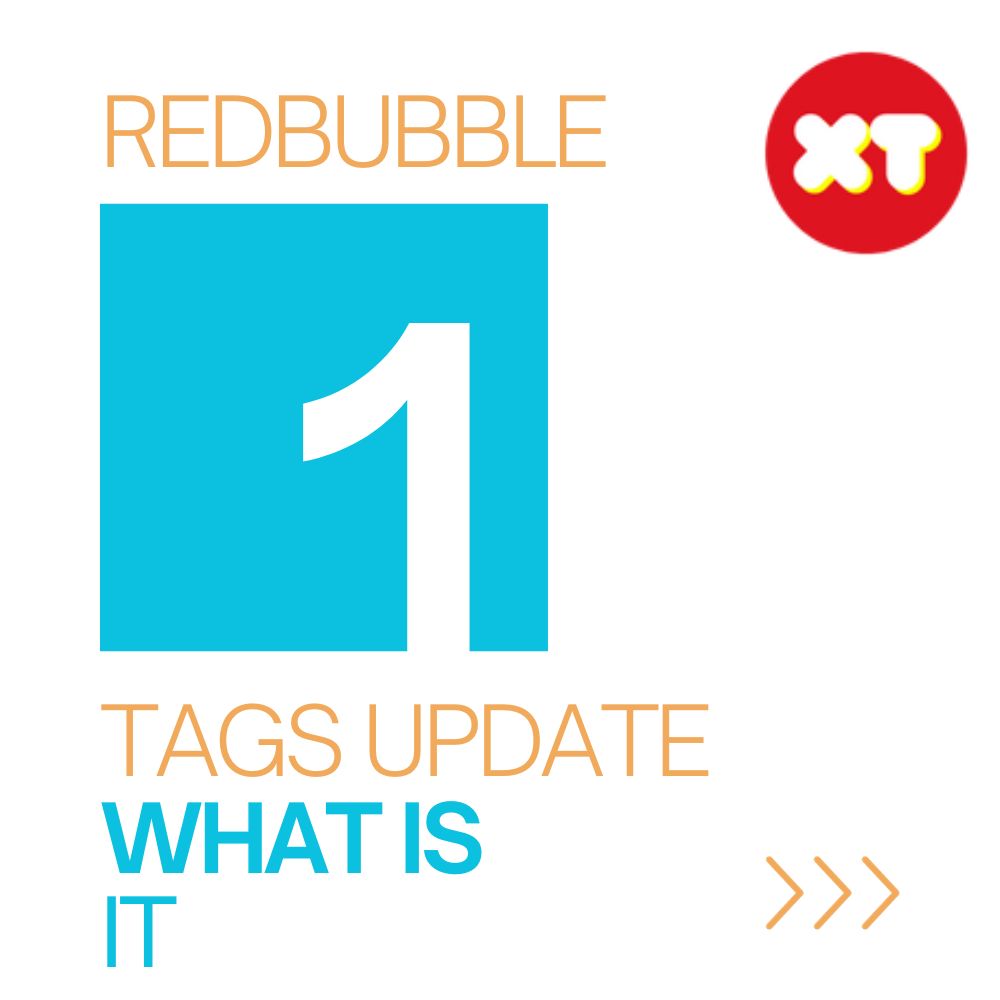
How Tags Work on Redbubble
Tags essentially act as descriptors for your artwork. When users search for a specific theme, style, or subject, Redbubble’s algorithm scours through the vast sea of creations, using these tags as navigation markers. This means that choosing the right tags is not just about accurately representing your artwork but also about predicting the terms potential buyers might use in their search.
The more relevant and strategic your tags are, the higher the likelihood that your creation will surface in the search results. Tags serve as a bridge between what you’ve created and what your potential buyers are looking for, making them a fundamental aspect of your Redbubble success strategy.
Importance of Using Relevant Tags for Visibility
Imagine you’ve created a stunning piece inspired by celestial wonders, and you tag it with terms like “galaxy,” “space,” and “cosmic art.” Now, if a user searches for “stellar artwork” or “celestial designs,” your creation stands a better chance of being discovered because you’ve strategically used tags that align with potential search queries.
However, it’s not just about casting a wide net with generic tags. The key is to strike a balance between broad appeal and specificity. This ensures that your artwork reaches a broad audience while still resonating with those looking for something more niche.
How to Use the Redbubble Trends Tool to Identify the Top Redbubble Searches
The Redbubble trends tool identifies the most popular trends on the site. It does this by analyzing three sources: search terms, trending products, and top selling designs. Trends are then ranked based on popularity. You can use the free tool to identify which trends have the potential to become a hit with your audience. The trending keywords tool will also tell you the number of sales for each of these trends. To help you decide whether to pursue a trend, it can be very helpful to understand what people are searching for online.
There are many other free tools available, but these two do a good job of doing the same thing. These free tools provide you with relevant keywords and can be used to identify profitable niches for your Redbubble store. They also let you know whether a trend is copyrighted or not and how many times someone has searched for it. Once you have the relevant keywords, you can use them in your designs. You should also take into account the shipping date, as shipping dates can affect your sales and conversion rate.
The Redbubble trending keywords tool also shows how many times a design has appeared in the top searches. This information is useful when creating a unique design that is highly relevant to a niche. For example, a popular design that relates to Valentine could easily reach the top of a trend list. However, you must be careful not to fall into the trap of making a trend just because it’s popular. Rather, find the niche and get creative!
Redbubble Algorithm: Insights into Tag Importance
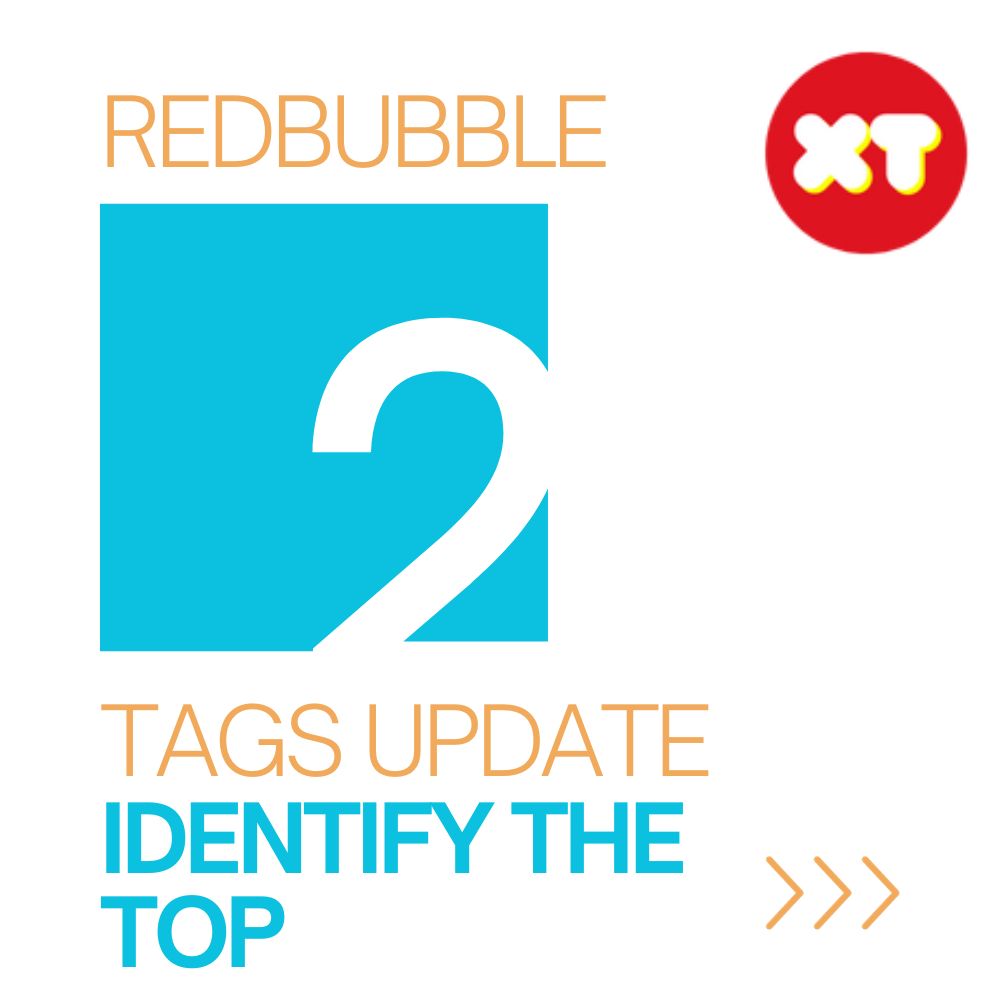
Understanding the inner workings of the Redbubble algorithm is like having a backstage pass to the success of your creations on the platform. The algorithm is a dynamic force that determines which artworks get the spotlight, and tags play a pivotal role in this intricate dance. Let’s unravel the mysteries behind the Redbubble algorithm and gain insights into why tags are so crucial.
How the Redbubble Algorithm Values Tags
The algorithm on Redbubble is designed to curate and display content based on user preferences, engagement, and relevance. Tags act as signals that help the algorithm decipher the content of your artwork and match it with user queries. Here’s how the algorithm values tags:
- Relevance to User Searches: The algorithm prioritizes creations with tags that closely match what users are actively searching for. The more relevant your tags, the higher the chances of your artwork appearing in the search results.
- Engagement Metrics: Tags that generate higher user engagement, such as clicks, views, and purchases, are given more weight by the algorithm. Creations with popular tags that resonate with the audience are likely to be promoted within the platform.
- Consistency and Variety: Consistent use of relevant tags across your portfolio helps the algorithm understand your niche and target audience. Introducing a variety of tags ensures that your creations reach a broader audience while maintaining relevance.
Adapting Strategies Based on Algorithm Updates
The world of algorithms is ever-evolving, and Redbubble is no exception. To stay ahead in the game, it’s essential to adapt your tagging strategies based on algorithm updates. Here’s how you can navigate these changes:
- Stay Informed: Keep an eye on Redbubble’s official announcements and updates regarding algorithm changes. Join community forums and discussions to gather insights from fellow artists.
- Analytical Approach: Regularly analyze the performance of your creations using Redbubble’s analytics tools. Identify patterns and trends in terms of tags that contribute to better visibility and engagement.
- Flexibility in Tagging: Be flexible in adjusting your tagging strategy based on the evolving preferences of the algorithm. Experiment with new tags and observe their impact on your artwork’s visibility.
More than that you need to know how is important the role of user engagement and social media integration in amplifying the reach of your Redbubble creations through strategic tag usage.
Tips & Tricks for Using Popular Tags on Redbubble
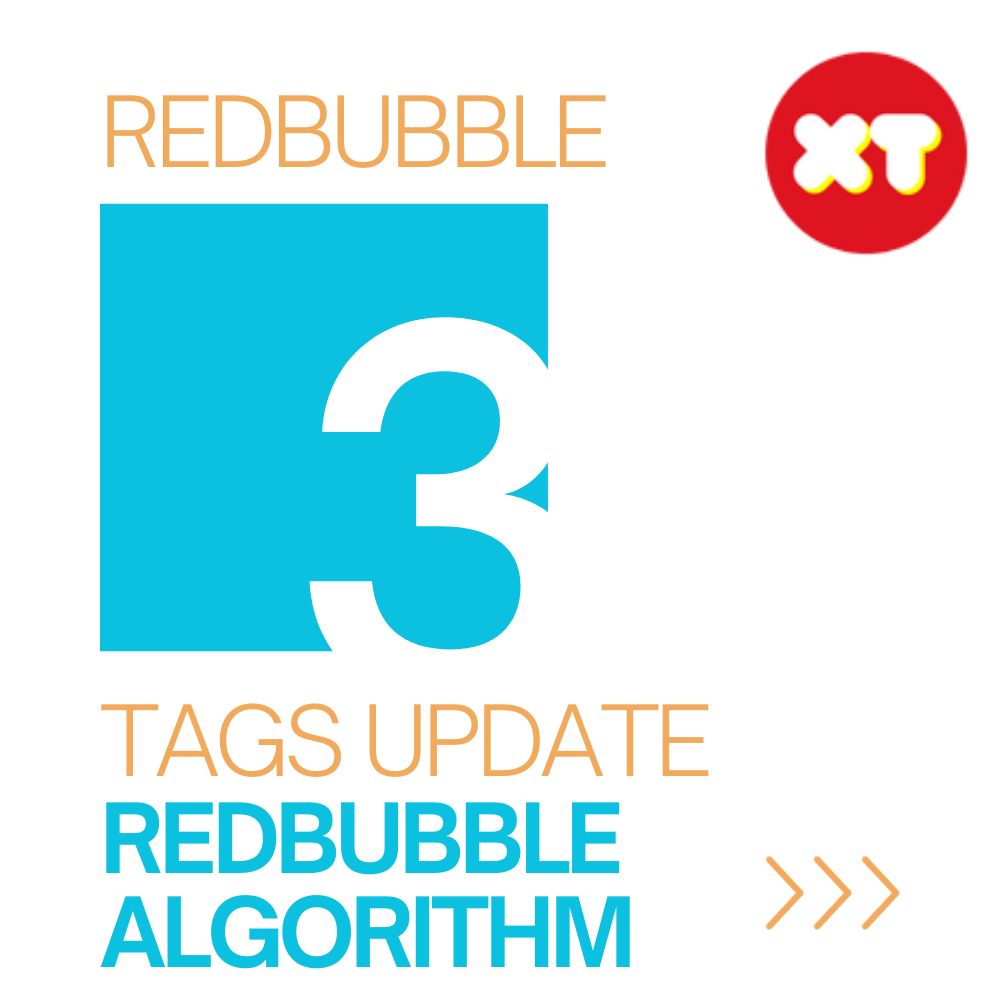
Now that we’ve established the foundation of understanding Redbubble tags, let’s take a deep dive into the game-changer – popular tags. These tags hold the potential to catapult your creations to the forefront of user searches, significantly boosting visibility and, consequently, your chances of making sales.
- Stay Current with Trends: Keep an eye on trending topics and themes within the creative community. Incorporate popular and relevant tags that align with current trends in art and design.
- Utilize Redbubble’s Search and Analytics Tools: Explore Redbubble’s search functionality to identify popular tags in your niche. Next leverage analytics tools to understand which tags are driving traffic to your creations.
- Balance Relevance and Trending Tags: While popular tags can enhance visibility, ensure they remain relevant to your artwork. Strive for a balance between using trending tags and maintaining a connection to your artistic style.
- Experiment and Learn: Don’t be afraid to experiment with different popular tags to see what works best. Then learn from the performance of your creations and adjust your tagging strategy accordingly.
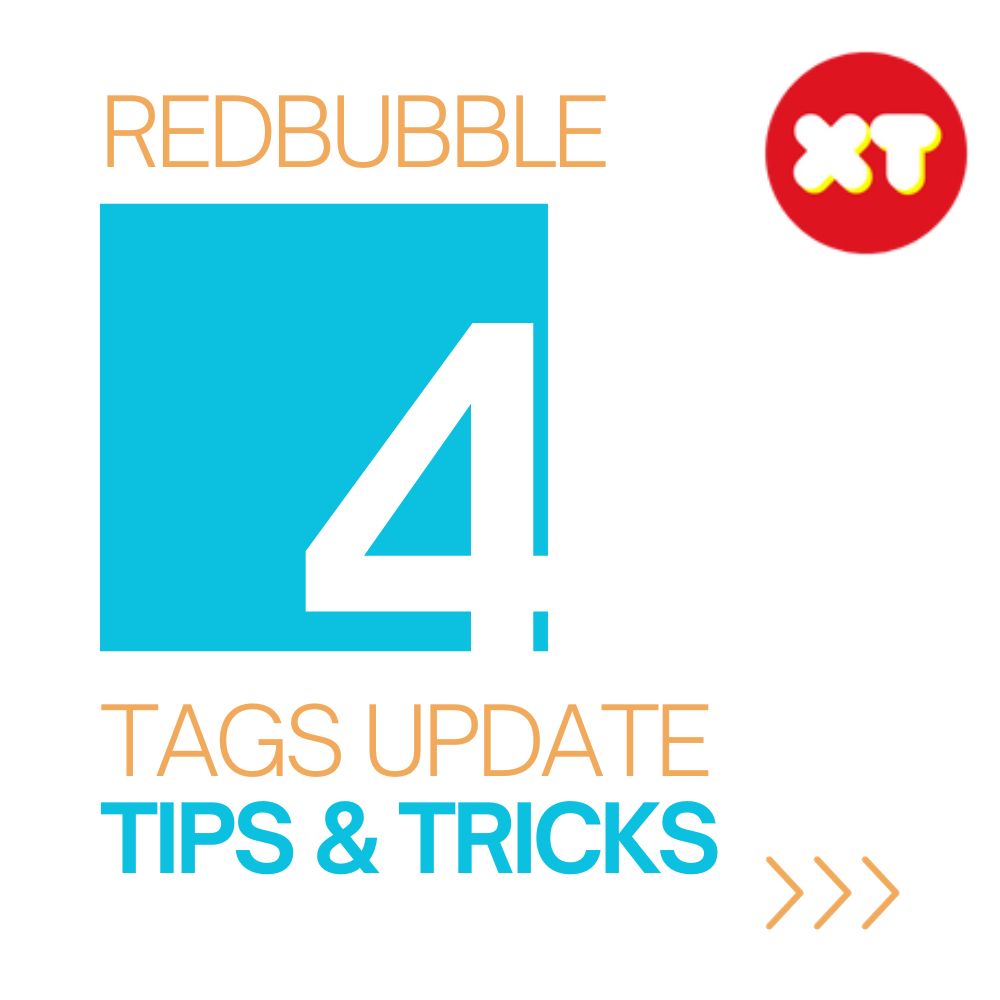
In the vast and competitive landscape of online marketplaces, the significance of popular tags on Redbubble cannot be overstated. Popular tags act as beacons, guiding the algorithm to showcase your creations to a broader audience. Understanding the impact of these tags is crucial for any artist looking to thrive in the dynamic world of Redbubble.
Popular tags are essentially the keywords that a significant number of users are actively searching for on Redbubble. These tags represent trends, themes, or subjects that have captured the attention of a wide audience. By incorporating these tags into your artwork, you align your creations with what’s currently in demand, increasing the likelihood of your work being discovered by potential buyers.
Best Practices for Finding Popular Tags in 2024
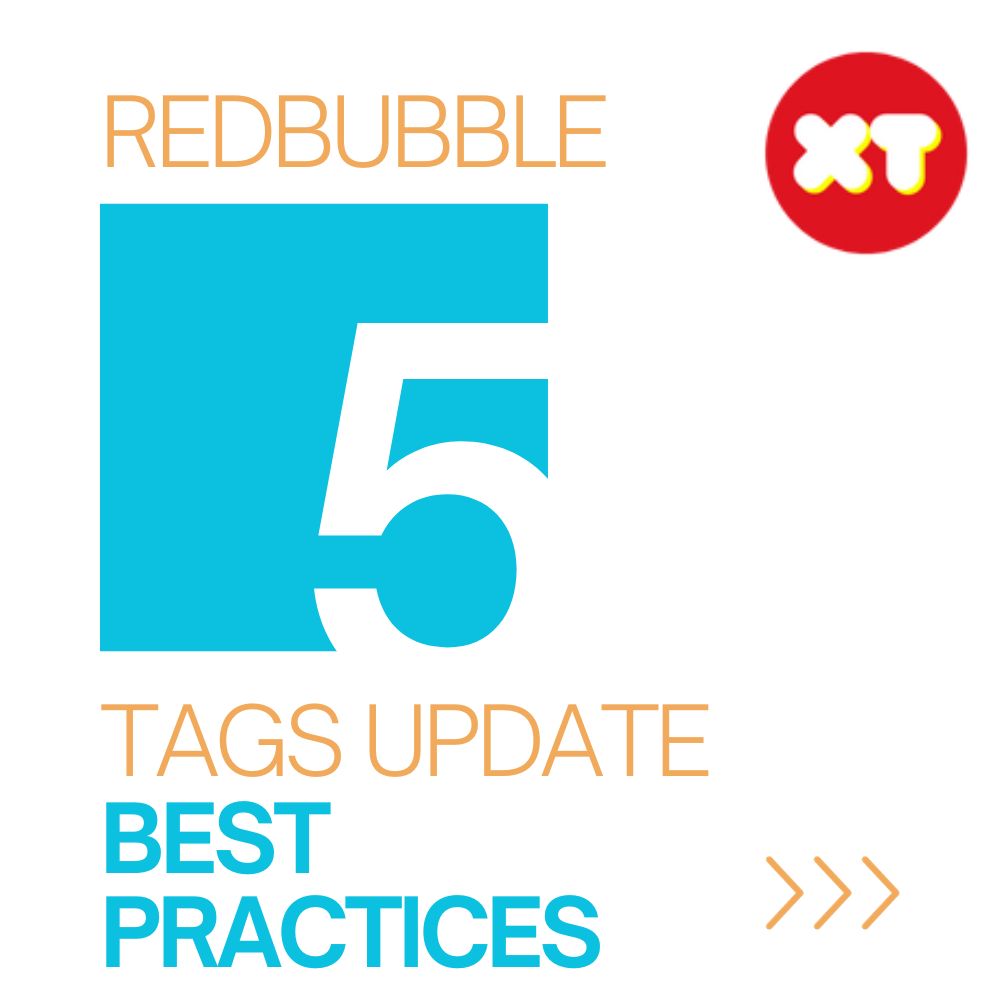
Staying at the forefront of tag trends is vital for maximizing the visibility of your Redbubble creations. As we step into 2024, the art and design landscape continues to evolve, and so do the trends in popular tags. Here are some best practices to help you find and leverage popular tags effectively:
Utilize Redbubble’s Search Suggestions
- Start by typing relevant words related to your artwork into Redbubble’s search bar.
- Take note of the auto-suggestions that appear; these are popular search terms that can make effective tags.
Explore Trending Topics on Social Media
- Dive into popular social media platforms to identify trending topics in the art and design community.
- Align your tags with these trends to capture a broader audience actively searching for the latest and most relevant content.
Engage in Community Discussions
- Participate in forums, social media groups, and online communities related to art and design.
- Discussions often reveal emerging trends and popular tags that can inform your tagging strategy.
Monitor Competitor Tags
- Investigate the tags used by successful artists within your niche.
- While uniqueness is crucial, understanding the tags that contribute to their success can inspire your own tagging choices.
Redbubble Analytics: Track Tag Performance
- Regularly review Redbubble’s analytics to identify which tags are driving the most traffic to your creations.
- Focus on optimizing and expanding the use of tags that consistently contribute to better visibility.
Keyword Research Tools
- Explore external keyword research tools to identify trending and high-volume search terms.
- Integrate these keywords as tags, ensuring they align with your artistic style and the current trends on Redbubble.
Collaborate and Network
- Collaborate with fellow artists and designers.
- Networking can provide insights into popular tags and trends, fostering a collaborative environment within the creative community.
Experiment and Iterate
- Don’t be afraid to experiment with new and trending tags.
- Regularly update your tagging strategy based on the performance of your creations and the evolving landscape of popular tags.
By incorporating these best practices into your tag discovery process, you’ll be well-equipped to navigate the ever-changing world of popular tags on Redbubble and position your creations for maximum visibility in 2024.
Tags For Your Redbubble Products
If you’re looking for the best tags for your products, you’ve come to the right place. These tags are used by many artists who work with similar themes and styles. These tags provide a strong foundation for your artworks, but there are some things to keep in mind. While popular hashtag as “dreamy” work well for many artworks, they won’t always make sense on Redbubble. To identify which tags you’re missing, try searching for those terms using Redbubble’s search engines. Alternatively, you can use Quick Edit to change your tags.
Measuring Success: Analytics and Metrics
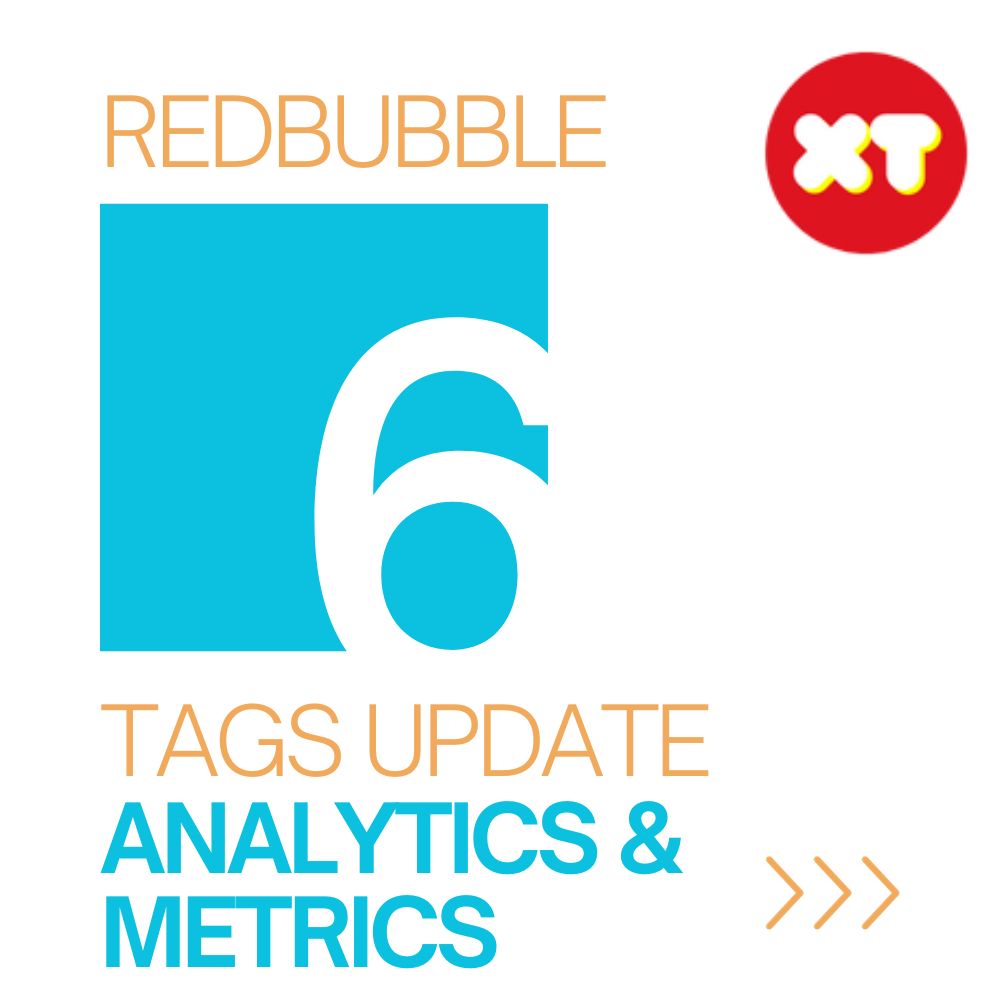
As you embark on your journey to boost your Redbubble visibility through strategic tag usage, it’s essential to have a compass guiding you. Redbubble’s analytics tools serve as your compass, providing valuable insights into how well your creations are performing and the impact of your tagging strategies.
- Explore the sources of traffic to your creations within Redbubble’s analytics.
- Identify which tags are driving the most clicks and views, indicating their effectiveness in attracting your target audience.
- Evaluate the conversion rates of your creations, considering the number of views that result in purchases.
- Assess whether popular tags contribute not just to visibility but also to converting views into sales.
- Compare the performance of different tags across your portfolio.
- Identify trends in terms of which tags consistently contribute to higher engagement and sales.
Adjusting Strategies Based on Performance Data
- Double down on tags that consistently lead to better visibility and engagement.
- Consider variations or expansions of these tags to further broaden your reach.
- Identify tags that result in low engagement or fail to attract your target audience.
- Evaluate whether these tags are genuinely relevant or if adjustments are needed.
- Introduce new tags strategically based on your analysis.
- Monitor the performance of these tags and iterate based on the data.
- Stay informed about any changes in Redbubble’s algorithm that may impact tag relevance.
- Adjust your tagging strategy accordingly to align with the evolving algorithmic preferences.
- Engage with the Redbubble community to gather feedback on your creations.
- Consider community input when fine-tuning your tagging and overall strategy.
By regularly delving into the wealth of data provided by Redbubble’s analytics tools, you empower yourself to make informed decisions. This iterative approach, coupled with a willingness to adapt, positions you for sustained success in the competitive world of online art and design.
User Engagement and Social Media Integration
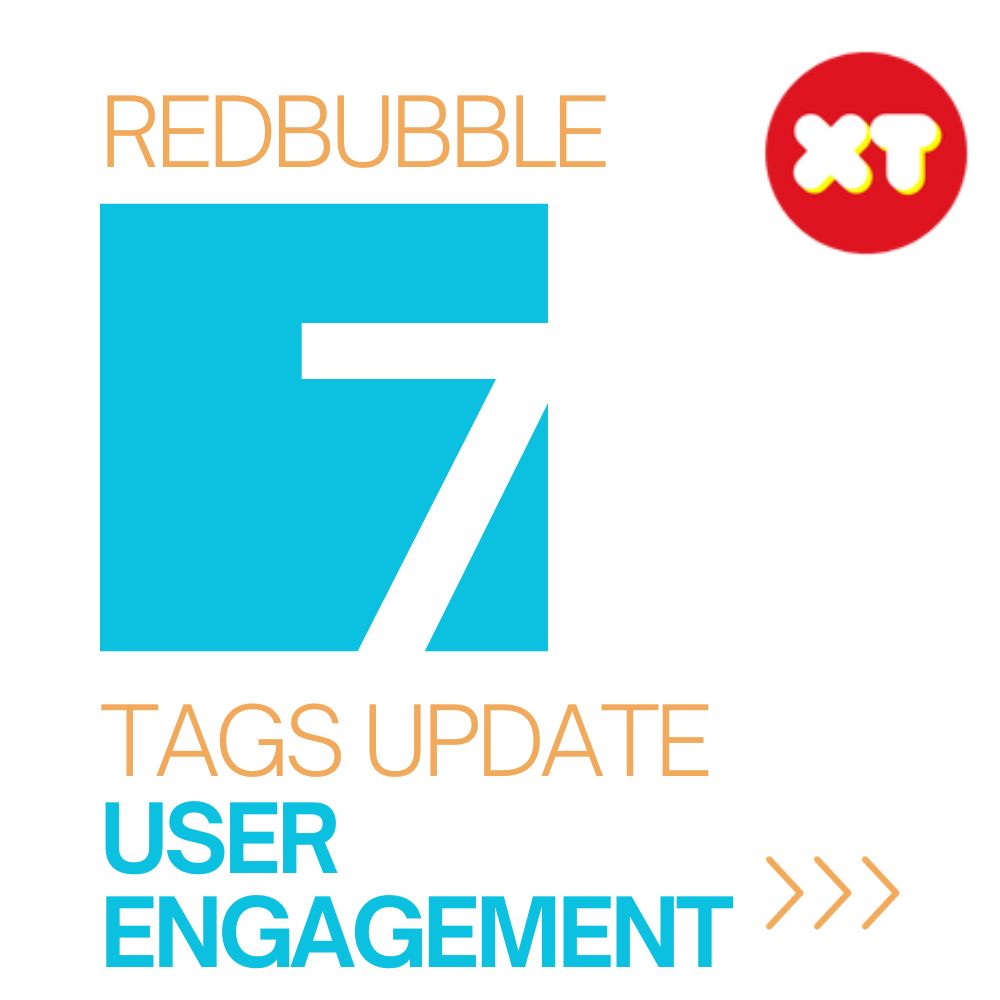
User engagement and social media integration are dynamic catalysts in extending the reach of your Redbubble creations. Beyond the realm of tags, building a vibrant community around your art involves encouraging meaningful interactions and leveraging the power of social media. Foster engagement by crafting interactive product descriptions that invite users to share their thoughts and participate in discussions related to the themes and tags of your creations. By making your descriptions more than just informative blurbs, you create a space for your audience to connect with your art on a personal level.
Consider running contests or challenges centered around specific tags. This not only engages your audience but also encourages them to create their own art inspired by the themes you’ve highlighted. The result is a sense of community participation that goes beyond the transactional aspect of art sales. On the social media front, make your Redbubble creations shareable by posting snippets or previews on platforms like Instagram, Twitter, or Pinterest. Use popular tags as hashtags to increase the discoverability of your content beyond the Redbubble ecosystem. This way, your art becomes part of larger conversations and trends within the online creative community.
Engage with hashtag challenges on platforms like Instagram, where users actively participate in tagging their creations. Encourage your followers to share their Redbubble purchases or creations using specific tags, creating a ripple effect of visibility as their networks discover your work. Consider collaborating with social media influencers or fellow artists to amplify your reach. By tapping into their follower base, you expose your creations to a wider audience that shares an interest in the themes encapsulated by your tags. The collaborative effort can result in cross-promotion and mutual benefits for both parties involved.
In essence, user engagement and social media integration complement the strategic use of tags, creating a holistic approach to maximizing the visibility of your Redbubble creations. Building a community around your art not only enhances your online presence but also cultivates a loyal audience invested in the stories and themes you bring to life through your creations.
Conclusion
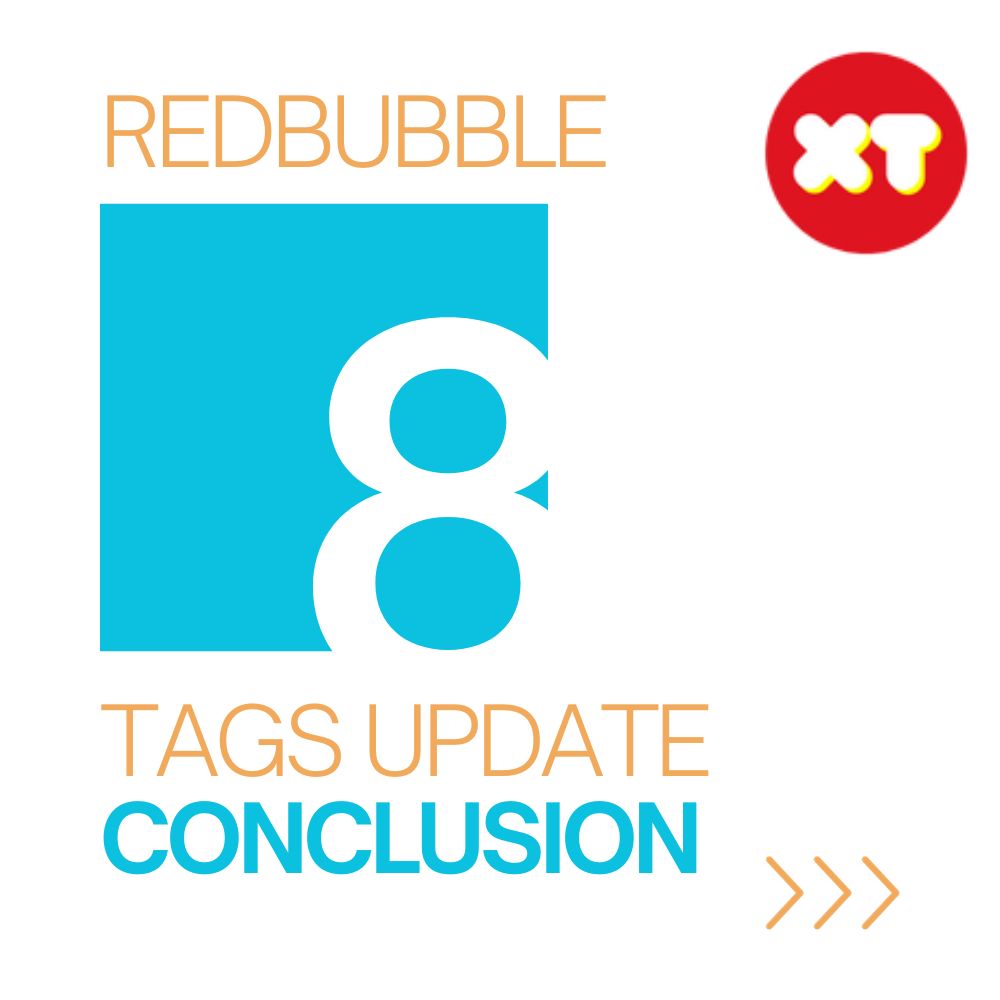
In the vibrant and ever-expanding world of Redbubble, the art of leveraging popular tags is a dynamic journey that intertwines creativity with strategy. As you navigate the vast landscape of online visibility, remember that tags are your companions, guiding your creations to the eyes of those who appreciate your unique artistry.
By understanding the significance of popular tags, staying attuned to the Redbubble algorithm, and measuring the impact of your strategies through analytics, you equip yourself for success. The interplay of relevance, trendiness, and user engagement creates a symphony that resonates with a global audience. As you embark on your Redbubble adventure, embrace the evolution of trends, stay agile in your tagging strategies, and let your creations speak a language that transcends digital barriers. Here’s to a colorful journey filled with discovery, visibility, and the joy of sharing your art with the world.
FAQs
- How often should I update my tags? Regularly revisit your tags, especially if you notice changes in trends or the performance of your creations. A quarterly review is a good starting point.
- Is it better to use broad or niche tags? Strike a balance. While broad tags increase visibility, niche tags help you target a specific audience. Experiment with a combination to find what works best for your creations.
- Can I edit tags after uploading my artwork? Yes, you can edit your tags even after uploading your artwork. Use this flexibility to optimize your tags based on performance and evolving trends.
- How important is user engagement in tag success? User engagement is crucial. High engagement on creations with specific tags signals to the algorithm that those tags are relevant, increasing the chances of your work being showcased.
- Should I promote my Redbubble creations on social media? Absolutely! Integrating your Redbubble creations into your social media strategy enhances visibility. Share your work, engage with your audience, and use social media to amplify the reach of your tags.